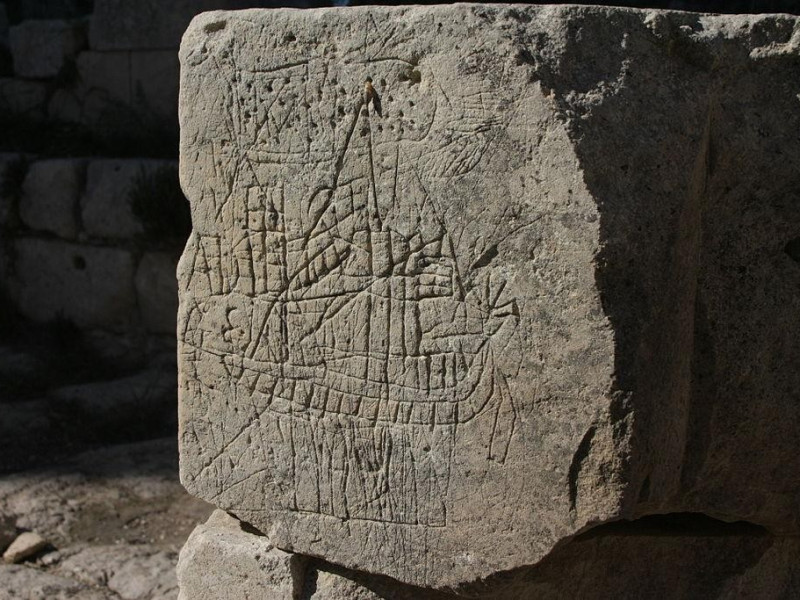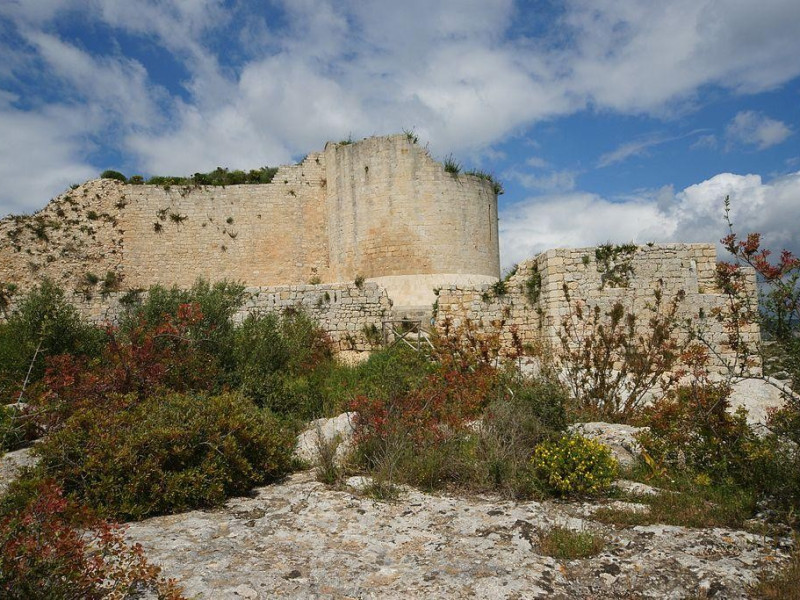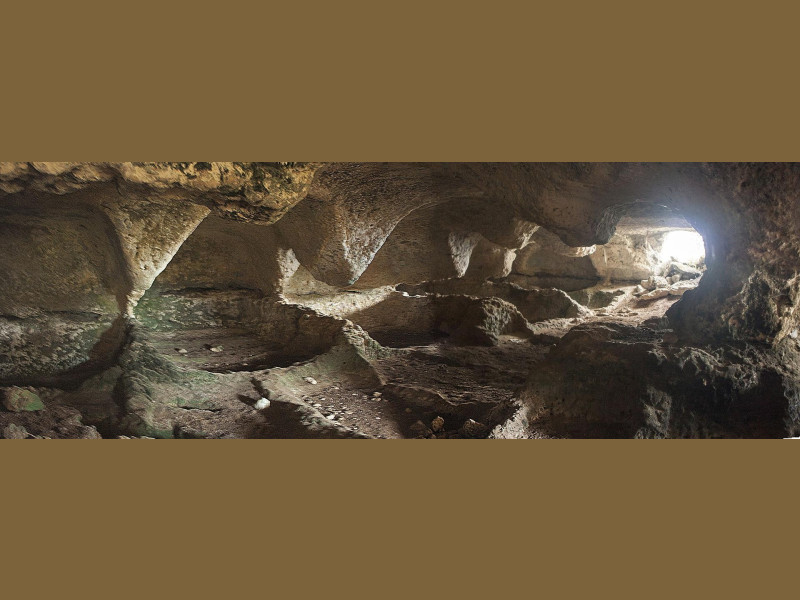Noto Antica
Today recognized as Archaeological area, Old Noto was destroyed by earthquake of 1693. Municipium under the rule of Romans, from Arabs Capovalle onwards, was one of the main cultural, military and economic aspects of south-eastern Sicily. Surrounded by thick walls (many of which still stand) and deep valleys, it was never taken. In the southern part is Hermitage and Church of St. Mary of Providence, built in 1723 on the ruins of a former hermitage destroyed by an earthquake. In Church they are still visible stucco and paintings on the vaults. The facade is in Baroque style. Carmelite Church was built in the early 1600s on an existing church, it shows a three naves with two rows of columns. Today only part of the walls, the bases of the columns and the graves with the remains of Carmelite friars. Landolina Palace, one of the most important buildings in the country, was decorated in Baroque style with two eagles in limestone that supported central balcony. Attached to the walls, there is Royal Castle with wide armory and stables, the remains of towers (the main one in 1431) and ancient prison where are visible graffiti and carvings worked by convicts. The structure was built in 1091 by Duke Jordan of Hauteville on a previous Arab era. Old Noto being also inhabited during Greek period has some structures still visible, like Heroon, third century BC, monuments dedicated to the worship of heroes. Not far from the north, a small Byzantine catacomb called Cave of a Hundred Mouths, because of roof overhangs shaped uvula. Cave of Artichoke, however, takes its name from the presence of two representations of the Jewish menorah, which testifies the existence of a Jewish community in Noto.










